From industrial pads to shoe soles, rubber parts are everywhere and unique. These parts are made of elastomers (a group of rubber-like polymers), which are elastic, elastic and shock-absorbing, easy to manufacture, and can be produced in several ways.
One of the methods of producing elastomer parts is injection molding. Not injection molding of thermoplastics, but injection molding of thermosetting plastics, such as liquid silicone rubber: This material is injected in a liquid state and then solidified into a solid.
But now there is a good alternative to liquid silicone injection molding, that is, 3D printing flexible materials, such as TPE and TPU. TPE and TPU are no longer special materials and can now be 3D printed on low-cost FDM printers.
This article will introduce the basics of elastomer parts: their properties, applications, and whether you should choose injection molding or 3D printing.
1. What is an Elastomer?
Elastomers are defined as polymers with low Young’s modulus, high failure strain, and viscoelasticity (combination of viscosity and elasticity). Elastomers are sometimes referred to simply as rubber but are actually a broader category that includes non-vulcanized materials.
In layman’s terms, elastomers (elastic polymers) are materials that are elastic, elastic, flexible, or deformable to varying degrees at room temperature. Their weak intermolecular bonds are to blame for this. All of this makes elastomers very useful.
Because they can be bent and stretched without breaking, they are used in many applications where more rigid materials cannot achieve their purpose. Elastomers can be thermoset (does not melt when heated) or thermoplastic (melts when heated). The most common elastomers are:
- Natural rubber
- Butadiene rubber
- Styrene-Butadiene Rubber
- Ethylene propylene monomer
However, since this article focuses specifically on prototypes and two manufacturing processes, we will focus more on silicone, thermoplastic elastomer (TPE), and thermoplastic polyurethane (TPU).
Silicone is thermosetting, while TPE and TPU are both thermopolymers, so they can be extruded with a 3D printer.
2. Examples of Elastomer Parts
Elastomers are very common and can be found in simple daily necessities and complex industrial assemblies. Here, we look at a variety of elastomer parts classified by industry, as well as the application of some specific materials.
1) Car
For tires and more products, elastomers are the key to the production of many automotive parts.
- tire
- Vibration damping equipment
- Windshield wiper
- Suspension components
- Seals and gaskets
2) Industry
Elastomers are widely used in industry, especially seals and gaskets for sealing and sealing components.
- Seals and gaskets
- Electrical insulation
- Conveyor belt
- Drive belt
- Hose and hose
3) Petroleum Gas
Elastomers, especially synthetic elastomers, are found in the oil and gas industry, and they are commonly used to prevent oil spills.
- Hydraulic seal
- Pipe wiper
- Parker Cup
- Hose
4) Consumer Goods
From footballs to pencil erasers, a large number of consumer products are made of elastomers.
- Footwear, including outsole
- Raincoat
- Sponge
- Pencil eraser
- Sporting goods, including balls
- Food container
3. Material-specific Examples
Since the focus of this article is on injection moldable liquid silicone rubber and 3D printable TPE and TPU filaments, the following are some common uses of these three materials:
Silicone: biocompatible medical equipment, prosthetics, food safety equipment, such as ice cube trays, seals and gaskets, over-molded components
TPE: seals and gaskets, bottle cap liners, snowmobile tracks, medical components, including catheters, tool handles, suspension bushes, deformation components
TPU: electronic housing, casters, medical components, drive belts, footwear, inflatable items, wire sheaths and tubing
4. Injection Molded Elastomer
There are many ways to make elastomer parts, but one of the most reliable methods—especially in mass production—is injection molding.
Injection molding is the process of injecting liquid materials into metal molds under pressure to make plastic parts. The metal molds are usually made of steel or aluminium.
In this process, the injection molding machine feeds the raw materials into the mold. The geometry of the mold is a negative impression of the last part, which usually consists of a cavity between the two parts.
Injection molding is compatible with thermosetting elastomers (such as liquid silicone), which is an excellent method for mass production of flexible, impact-resistant and temperature-resistant parts.
Before molding, the two parts of the silicone solution are mixed together, half of which contains a platinum catalyst to cure the silicone into a solid.
Injection molding liquid silicone can produce parts such as gaskets, medical equipment, kitchen equipment, over-molded parts of multi-material components, and so on.
1) Advantage
Injection molded silicone has several advantages, including fast mass production, high level of detail, good material properties, and low cost per part in certain medium to high quantities.
2) Shortcoming
The limitations of injection molding liquid silicone include high metal processing costs and geometric limitations inherent in the molding process, including thin walls and radial corners.
5. 3D Printing Elastomer
Another alternative to liquid silicone injection molding is to 3D print flexible filaments such as TPE and TPU. Although these materials can also be injection molded, 3D printing provides a more radical alternative that may be suitable for different types of projects, including disposable prototypes.
One of the biggest advantages of 3D printing elastomers such as TPE and TPU is that these materials are thermoplastics, so they can be made into FDM 3D printing filaments suitable for melting and extrusion.
FDM is the cheapest form of 3D printing-whether it is machine costs or operating costs-which means that anyone can make high-quality elastic parts. Both TPE and TPU filaments have their own uses.
TPU is a harder, denser, and more rigid material than TPE, with better wear resistance and fewer shrinkage opportunities. However, its flexibility is not as good as TPE, which can be used to make parts as flexible as rubber bands.
Although care must be taken when 3D printing elastomers, especially TPE (printing speed must be very slow, direct-drive extruders work better than Bowdens), but in fact, any FDM printer can handle these materials.
Common 3D printed elastomer parts include TPU shoe midsoles and wearable electronics, as well as TPE, handles, hoses and smartphone skins.
1) Advantage
The advantages of 3D printing flexible filaments include: even in small batches, the cost is very low, there is no need for mold costs, and almost unlimited geometry (internal and external). This makes the process very suitable for elastomer prototypes.
2) Shortcoming
The limitations of TPE and TPU’s 3D printed elastomer parts include accuracy and level of detail (compared to injection molding), production speed and scalability, as there are no economies of scale in terms of cost or time savings.
6. Conclusion
Liquid silicone injection molding and FDM 3D printing are both excellent methods for producing elastomer parts. In terms of part quality and scalability, injection molding is the leader, but 3D printing is a convenient and affordable prototyping option, especially one-off.
When making elastomer parts or prototypes, you should consider factors such as budget, a number of units, required material properties and future production requirements before deciding what to do next-Holly can help you make this decision.

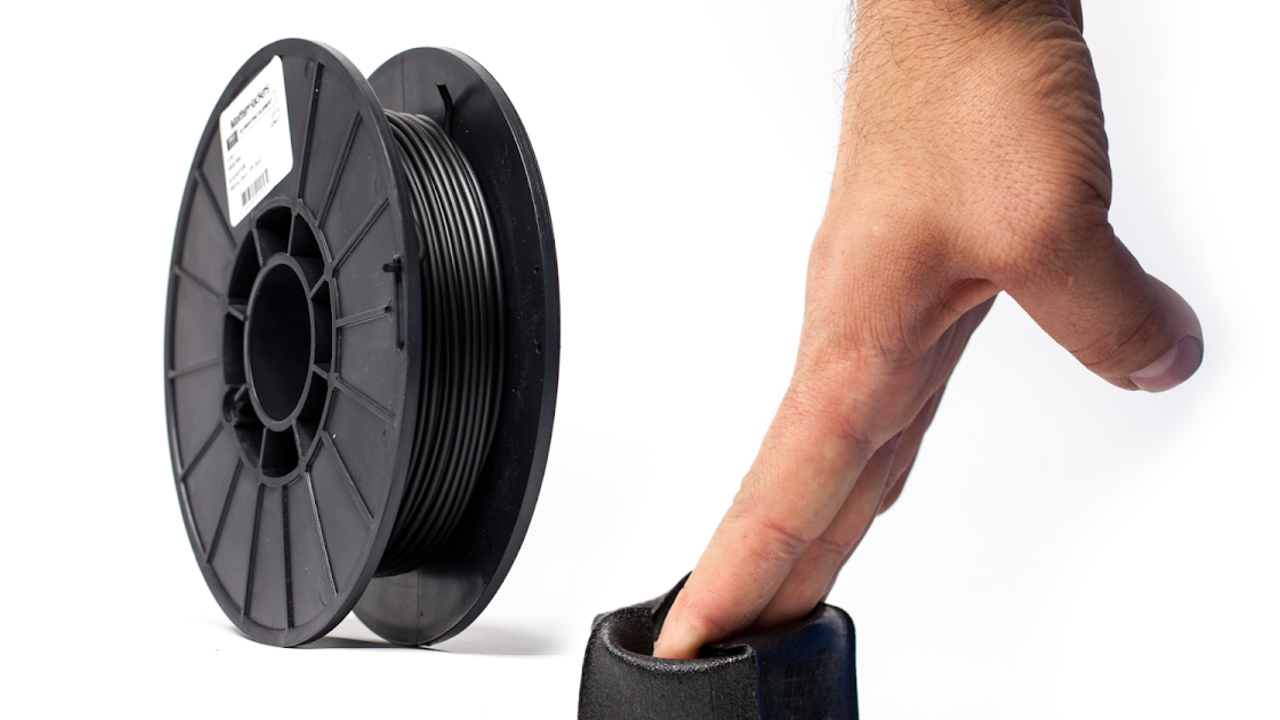

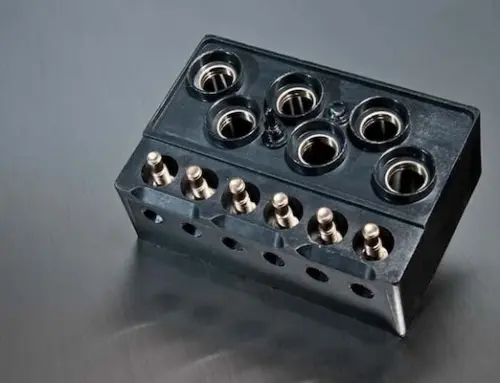
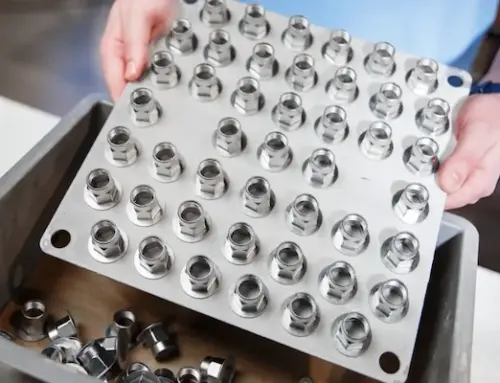
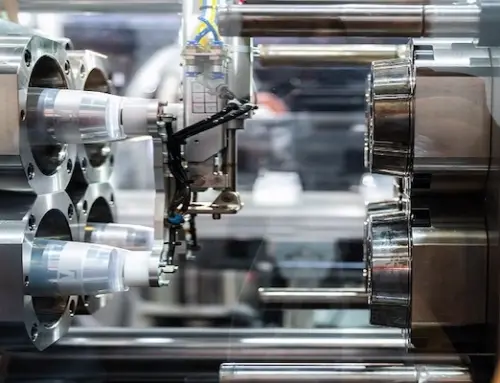
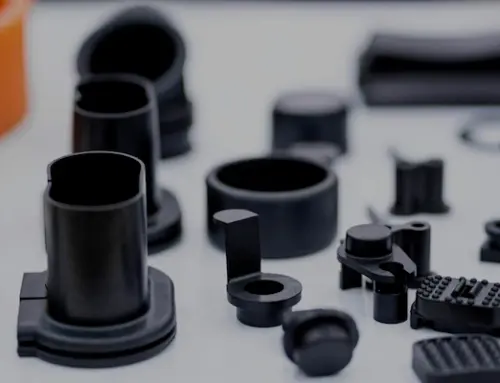
Leave A Comment